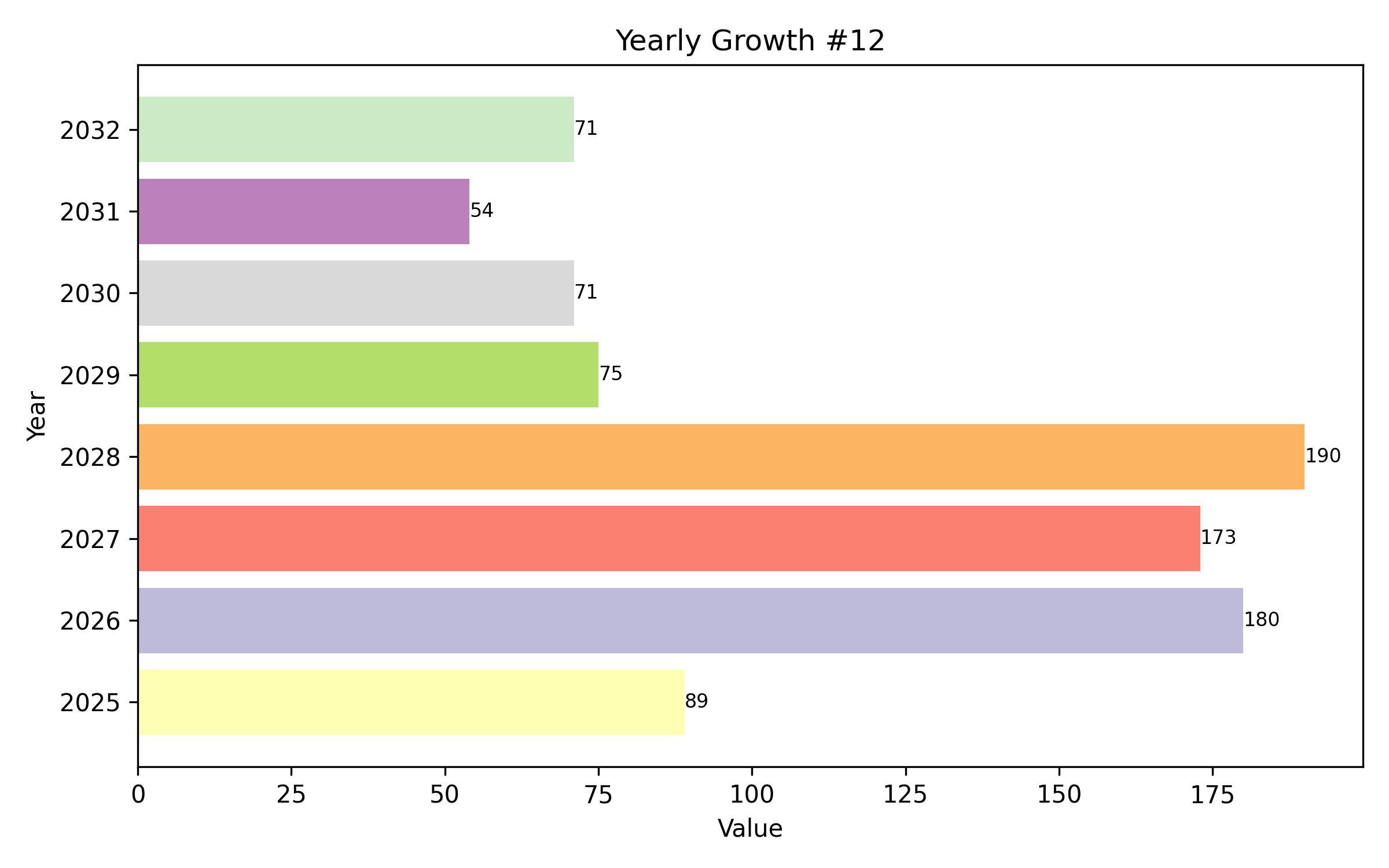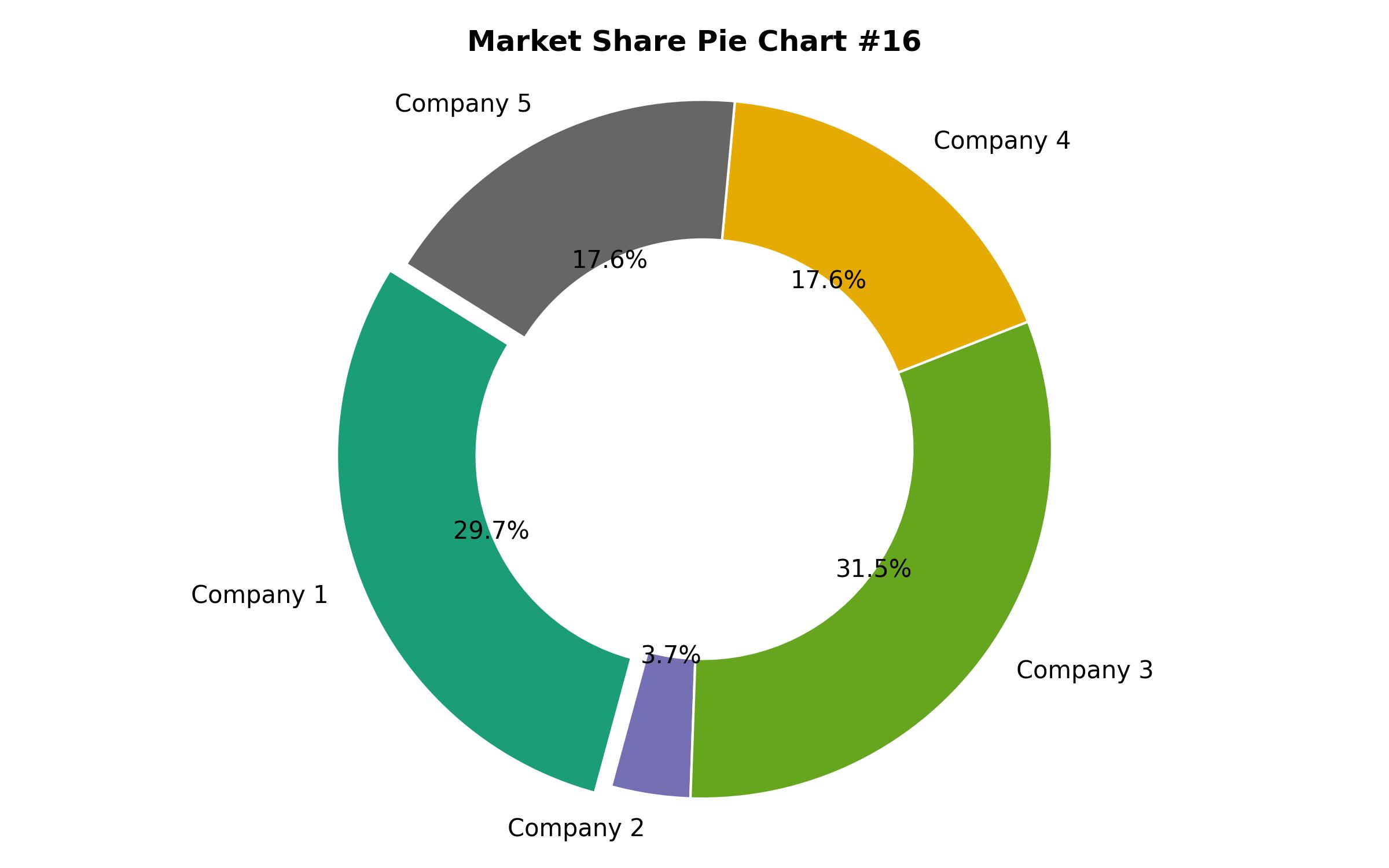Incontinence-Related Skincare Products: Market Study by Product Category, Cost Bracket, Consumer Group, Distribution Model, and Geographic Region, Forecast to 2035
Overview:
The global incontinence skincare products market is poised for substantial expansion in the coming years. Projections estimate the market size will reach USD 4.2 billion in 2025, fueled by the increasing demand for specialized skincare solutions tailored to individuals experiencing incontinence. The market is anticipated to grow at a compound annual growth rate (CAGR) of 5.1%, reaching a valuation of USD 8.1 billion by 2035. This growth is primarily driven by the rising prevalence of incontinence across various age groups and the heightened awareness of associated dermatological issues.
A significant factor propelling market growth is the aging global population, which is particularly evident in developed regions such as North America and Europe. Older adults are more susceptible to incontinence, necessitating skincare products designed to prevent irritation, infections, and other complications. In addition, increasing awareness of hygiene and skincare among this demographic is contributing to higher product demand.
The market is also influenced by advancements in product formulation and technology. Manufacturers are incorporating innovative ingredients such as antimicrobial agents, moisturizers, and skin protectants to enhance the efficacy of incontinence skincare products. These advancements cater to the specific needs of users, providing improved comfort and skin health.
Regional dynamics play a crucial role in shaping the incontinence skincare products landscape. North America and Europe currently dominate the market due to their well-established healthcare infrastructure and higher disposable incomes. However, the Asia-Pacific region is expected to exhibit the fastest growth rate during the forecast period, driven by an expanding geriatric population and increasing healthcare expenditure.
Product innovation is another key driver of market growth. Companies are investing in research and development to introduce novel product formats, such as wipes, creams, and lotions, that offer convenience and targeted skincare benefits. These innovations cater to the diverse preferences of consumers and healthcare professionals.
The competitive landscape of the incontinence skincare products market is characterized by the presence of several major players and a growing number of regional and local manufacturers. Key companies are focusing on strategies such as product development, mergers and acquisitions, and geographic expansion to strengthen their market position and capitalize on emerging opportunities.

Year On Year Growth Chart
“`html
| Report Attribute | Details |
|---|---|
| Market Size in 2025 | USD 4.2 billion |
| Revenue Forecast for 2035 | USD 8.1 billion |
| Growth Rate (CAGR) | 5.1% from 2025 to 2035 |
| Base Year for Estimation | 2024 |
| Historical Data | 2020 – 2024 |
| Forecast Period | 2025 – 2035 |
| Quantitative Units | Revenue in USD billion and CAGR from 2025 to 2035 |
| Report Coverage | Revenue forecast, company market share, competitive landscape, growth factors, and trends |
| Covered Segments | Product Type, Price, End-User, Sales Channel and Region |
| Regional Scope | North America, Europe, Asia Pacific, Latin America, MEA |
| Country Scope | U.S., Canada, Mexico, U.K., Germany, Italy, Poland, China, India, Japan, Australia, South Korea, Brazil, UAE, KSA, South Africa |
| Key Companies Analyzed | Essity (TENA); Kimberly-Clark; Coloplast; Convatec Group; 3M; Procter & Gamble (Pampers, Always Discreet); Medline Industries; Attends Healthcare |
| Customization Options | Free report customization (up to 8 analysts working days) with purchase. Changes to country, regional, and segment scope |
| Pricing and Purchase Options | Customizable purchase options for tailored research needs |
“`

Key Companies Market Share
Report Coverage & Deliverables
- Market Trends And Dynamics
- Competitve Benchmarking
- Historical data and forecasts
- Value/Volume analysis
- Company revenue shares and key strategies
- Regional opportunities
This is an indicative segmentation. Please request a sample report to see detail segmentation of this market.
Detailed Market Segmentation
- By Product Type
- Cleansers
- Creams
- Lotions
- Wipes
- Sprays
- By Price
- Economy
- Mid-Range
- Premium
- By End-User
- Hospitals
- Nursing Homes
- Home Care Settings
- Individual Consumers
- By Sales Channel
- Online Retail
- Pharmacies
- Supermarkets
- Specialty Stores
- By Region
- North America (U.S., Canada, Mexico)
- Europe (U.K., Germany, France, Italy, Poland)
- Asia-Pacific (China, India, Japan, Australia, South Korea)
- Latin America (Brazil, Argentina)
- Middle East & Africa (UAE, Saudi Arabia, South Africa)
Table of Content
- Executive Summary
- Market Overview
- Key Market Trends
- Market Dynamics
- Global Economic Outlook
- Incontinence Skincare Products Market Analysis 2025 to 2035, By Product Type
- Cleansers
- Creams
- Lotions
- Wipes
- Sprays
- Incontinence Skincare Products Market Analysis 2025 to 2035, By Price
- Economy
- Mid-Range
- Premium
- Incontinence Skincare Products Market Analysis 2025 to 2035, By End-User
- Hospitals
- Nursing Homes
- Home Care Settings
- Individual Consumers
- Incontinence Skincare Products Market Analysis 2025 to 2035, By Sales Channel
- Online Retail
- Pharmacies
- Supermarkets
- Specialty Stores
- Incontinence Skincare Products Market Analysis 2025 to 2035, By Region
- North America
- Europe
- Asia-Pacific
- Latin America
- Middle East & Africa
- North America Incontinence Skincare Products Market Analysis 2025 to 2035
- Europe Incontinence Skincare Products Market Analysis 2025 to 2035
- Asia-Pacific Incontinence Skincare Products Market Analysis 2025 to 2035
- Latin America Incontinence Skincare Products Market Analysis 2025 to 2035
- Middle East & Africa Incontinence Skincare Products Market Analysis 2025 to 2035
- Competitive Landscape
- Key Company Profiles
- Market Opportunities and Future Trends
- Assumptions and Limitations
- Research Methodology
